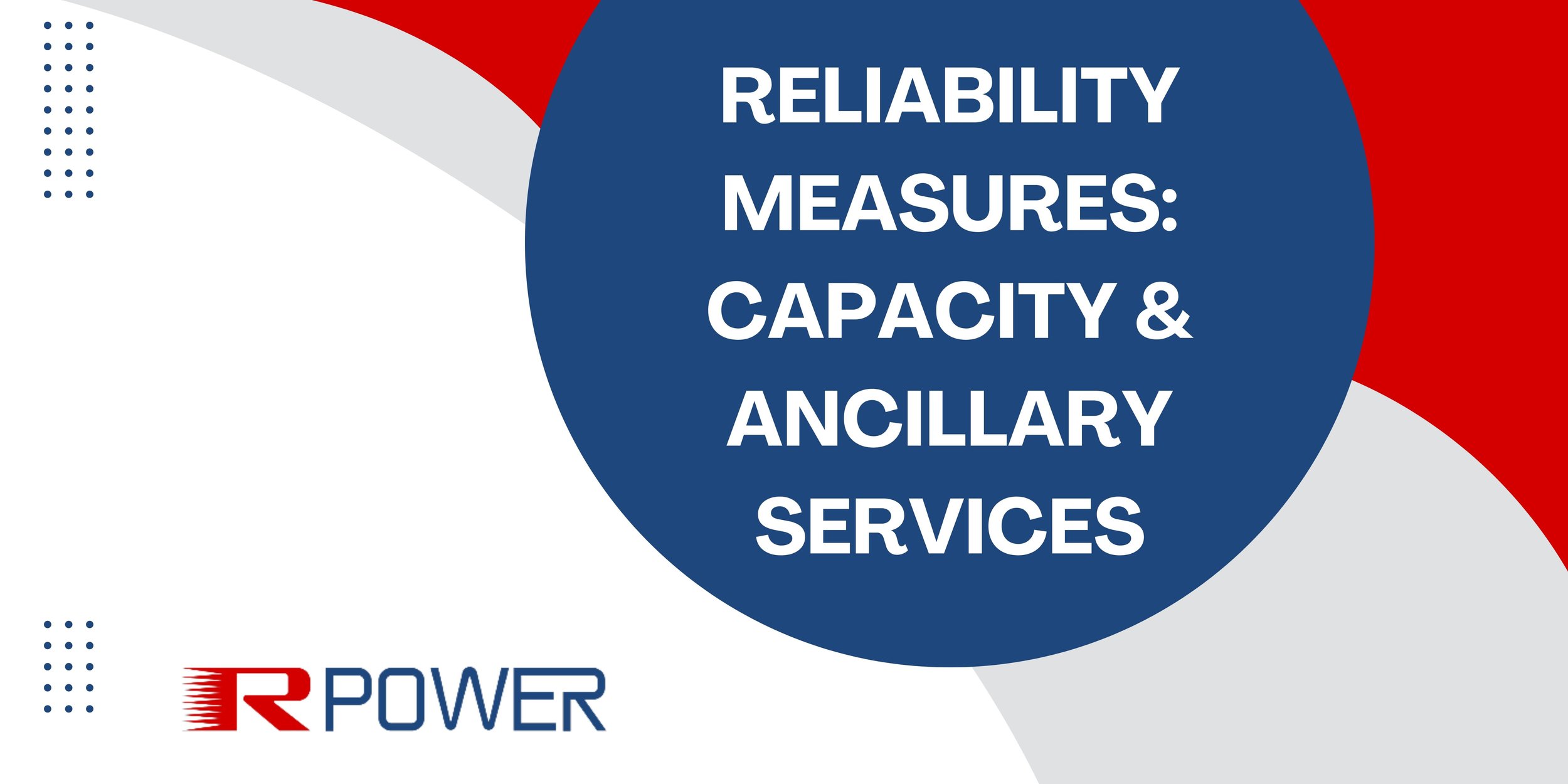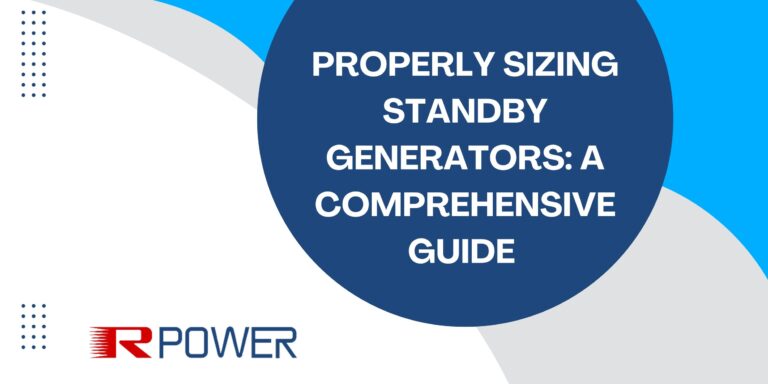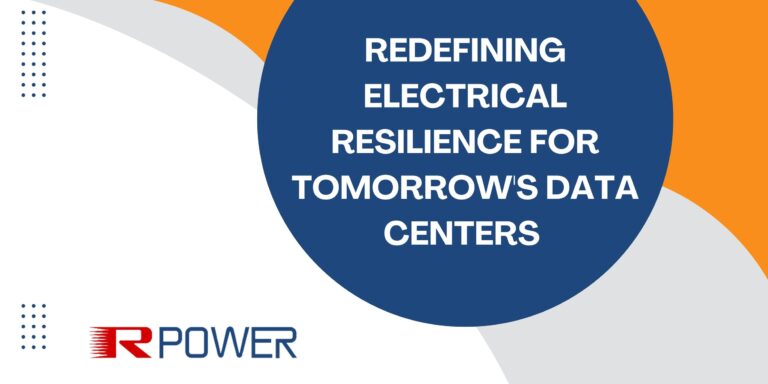Demystifying Demand Response Programs in PJM
Demand response programs play a pivotal role in optimizing energy usage and grid reliability, and PJM (Pennsylvania, New Jersey, Maryland Interconnection) offers a range of initiatives in this domain. Let’s dive into the world of PJM’s demand response programs and their impact on both consumers and the electric grid.
PJM Load Response Program: Balancing Supply and Demand
The PJM Load Response Program is a demand-side management initiative designed to incentivize and empower electricity consumers to reduce their usage during peak demand or system stress periods. Operating under PJM’s demand response market, this program aims to maintain a delicate balance between electricity supply and demand.
Participants voluntarily commit to curtailing their electricity consumption when demand is near its peak. By doing so, they alleviate stress on the grid, enhance grid reliability, and potentially reduce the need for additional generation capacity. This program is a win-win, benefiting both consumers and the broader energy ecosystem.
Under the Hood: How Load Response Works
Under the Load Response Program, participating consumers pledge to reduce their electricity usage in response to a signal or request from PJM. This reduction can take various forms, such as adjusting production schedules, cutting back on lighting or HVAC usage, or temporarily shifting loads to backup power sources.
5CP (Five Coincident Peaks): A Strategic Approach
In PJM, there’s also a coincident peak avoidance incentive, often referred to as 5CP or Network Integration Transmission Service (NITS). It shares similarities with ERCOT’s 4CP program. In this initiative, participating consumers commit to reducing their electricity demand during the five highest daily unrestricted RTO peak loads for each summer month (June 1 through September 30).
Participants are tasked with predicting when these specific hours of peak demand will occur during the summer months. By voluntarily reducing their electricity usage during these peak hours, they can reduce or eliminate the transmission charge portion on their future electric bills.
The Power of Generators: Unlocking Value
A strategic approach that many consumers are exploring is using generators to participate in PJM’s real-time market. By doing so, they can enroll in the synch reserve/demand avoidance programs and capacity tag charges. This not only offers the best value but also requires minimal operating commitments in the PJM market.
In conclusion, PJM’s demand response programs are a cornerstone of grid reliability and efficiency. They empower consumers to play an active role in grid management, reduce costs, and contribute to a sustainable energy future. Understanding and leveraging these programs can be a valuable strategy for both businesses and individuals looking to optimize their energy consumption and contribute to a more resilient grid.
To read the full technical paper, click here.








